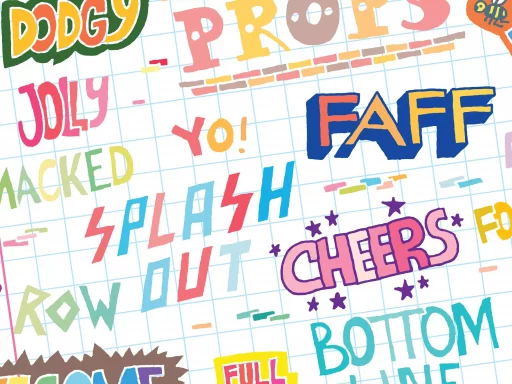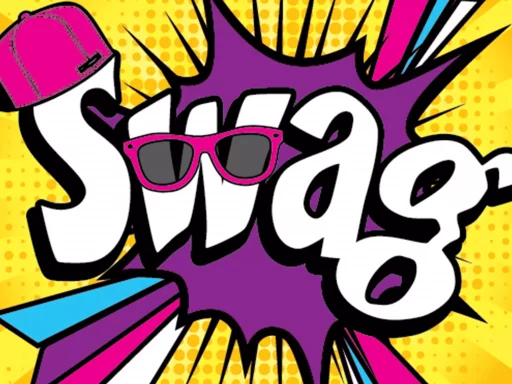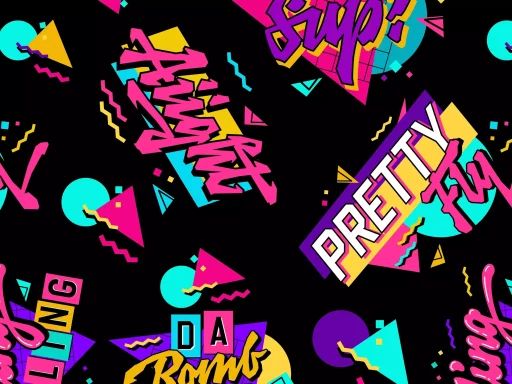Introduction
Text-to-speech (TTS) technology has become increasingly popular in our digital world, allowing written text to be converted into spoken words. In this article, we will explore the meaning of TTS in text, its applications, benefits, and limitations.
Understanding TTS
TTS is a technology that converts text into spoken words, making it possible for individuals to listen to written content instead of reading it. This is particularly useful for individuals with visual impairments, learning disabilities, or those who prefer auditory information.
Applications of TTS
1. Accessibility: TTS technology has greatly improved accessibility for individuals with disabilities. It allows visually impaired individuals to access written content through speech output.
2. Language Learning: TTS can help language learners improve their pronunciation and listening skills by providing accurate spoken models of words and phrases.
3. Communication: TTS technology is used in communication devices to convert typed messages into spoken words for individuals with speech impairments.
Benefits of TTS
1. Improved Accessibility: TTS technology has made it easier for individuals with disabilities to access information and communicate.
2. Time-Saving: TTS can save time by allowing users to listen to written content while multitasking.
3. Increased Productivity: TTS can increase productivity by enabling users to consume information more efficiently.
Limitations of TTS
1. Naturalness: While TTS technology has improved over the years, the voice output may still lack naturalness and emotional expression.
2. Pronunciation Errors: TTS systems may mispronounce words, especially those with multiple meanings or uncommon spellings.
3. Understanding Complex Content: TTS may struggle to accurately convey complex or technical content that requires nuanced understanding.
Examples of TTS
1. Voice Assistants: Voice assistants like Siri, Alexa, and Google Assistant use TTS to respond to user queries and provide information.
2. E-books: Many e-books offer TTS functionality, allowing users to listen to the text instead of reading it.
Case Studies
1. Stephen Hawking: The renowned physicist Stephen Hawking used TTS technology to communicate after losing his ability to speak due to amyotrophic lateral sclerosis (ALS).
2. Assistive Technology: Schools and organizations use TTS software to support students with learning disabilities in accessing educational materials.
Statistics on TTS
According to a report by MarketsandMarkets, the TTS market is expected to reach USD 3.03 billion by 2022, with a CAGR of 15.21% from 2017 to 2022.
Conclusion
TTS technology has revolutionized the way we access and interact with written content. While it offers numerous benefits, it is important to be aware of its limitations and strive for continuous improvement in naturalness and accuracy. As TTS continues to evolve, it will play a crucial role in enhancing accessibility, productivity, and communication for individuals worldwide.






